Перейти к:
Результаты традиционной мануальной терапии люмбаго как альтернатива инвазивным методам лечения
https://doi.org/10.24060/2076-3093-2020-10-1-39-44
Аннотация
Введение. В упрощенном виде, существует 8 симптомов недостатка энергии Ци. Самой распространенной болезнью, включающей все эти симптомы, является люмбаго (боль в пояснично-крестцовой области). При этом, согласно ВОЗ, боль может быть очень интенсивной и являться одной из главных причин временной нетрудоспособности. Данная болезнь характеризуется наличием болей, рецидивов, требует периодов восстановления и дорого обходится. Наибольшие траты, понесенные пациентом, включают диагностику, хирургические вмешательства и обезболивающие лекарства. Поэтому мы провели теоретическое и практическое исследование традиционной мануальной терапии люмбаго, вызванного недостатком Ци.
Цель работы: сравнить диагностические результаты традиционной мануальной терапии люмбаго с современными методами рентгенодиагностики путем оценки качества жизни пациентов с использованием опросника WHOQOL.
Материалы и методы. Было обследовано 100 пациентов с люмбаго. Результаты лечения оценивались после применения традиционной ритмической вибрационной терапии. Эти результаты были получены как с использованием традиционных диагностических методов, так и с использованием рентгенодиагностики поясничнокрестцового отдела позвоночника, и сравнены между собой. Опросник WHOQOL использовался для оценки качества жизни.
Результаты и обсуждение. Лечение проводилось в течение 10 дней. Мануальная терапия показала положительный результат за один день. Хотя анатомическая и морфологическая структуры пояснично-крестцового отдела не показали значительных улучшений в течение 7-10 дней лечения (75 %), межпозвонковое пространство увеличилось (80 %) и подвижность позвоночника была бессимптомной (90 %).
Выводы. Пациенты, которым проводили мануальную терапию, симптоматически восстановились по истечении года (60 %). Из 100 пациентов полностью вылечились 15 % и почувствовали улучшение 30 %.
Ключевые слова
Для цитирования:
Молор Р., Одонтсетсег Г., Тсеендагва Д. Результаты традиционной мануальной терапии люмбаго как альтернатива инвазивным методам лечения. Креативная хирургия и онкология. 2020;10(1):39-44. https://doi.org/10.24060/2076-3093-2020-10-1-39-44
For citation:
Molor R., Odontsetseg G., Tseendagva D. Results of Traditional Manual Therapy on Lower Back Pain as an Alternative to Aggressive Therapy. Creative surgery and oncology. 2020;10(1):39-44. https://doi.org/10.24060/2076-3093-2020-10-1-39-44
Introduction
Pain in the lower back takes first place among all non-communicable diseases in terms of the number of years of life lost due to persistent deterioration in health [1]. This pathology most often develops between the ages of 20 and 50, while the most pronounced pain is observed at the age of 50-64 years. In the age range of 20 to 64 years, 24 % of men and 32 % of women suffer from back pain. An alarming fact is that 12-26 % of children and adolescents also complain of lower back pain [2, 3].
A number of foreign clinical recommendations suggest that all initially treated patients with lower back pain should be divided into three categories: 1) patients with potentially serious pathology debuting with back pain; 2) patients with radicular pain (radiculopathy) and 3) patients with nonspecific pain in the lower back [4-6].
When treating a patient with pain in the lower back, the doctor’s attention should primarily focus on the exclusion of serious pathological conditions in which urgent specialized care is needed [7, 8].
In all clinical recommendations for the diagnosis and treatment of nonspecific pain in the lower back, there is no need for laboratory and instrumental methods of research. The use of instrumental examination methods (radiography, magnetic resonance imaging, etc.) for acute pain is indicated in those cases when there is a high risk of developing a serious disease [9-12].
The effectiveness of manual therapy depends on the qualifications of the specialist conducting it. Manual therapy has been shown to have efficacy similar to the use of analgesics, exercise therapy [13].
According to M. Ferreira et al. manual therapy shows slightly better results than placebo therapy, massage, physiotherapeutic procedures and percutaneous electroneurostimulation in case of nonspecific back pain [14, 15].
Purpose: to compare the traditional diagnostic methods of manual therapy and modern diagnostic methods of X-ray with lower back pain by using assessment of a quality of life developed by WHOQOL.
Materials and methods
The study was used clinical research design, and the total of 100 patients with lower back pain were selected. The result of the treatment is estimated on those patients were given the traditional rhythmical vibration therapy in the Sumadi clinic (fig. 1-2). The result of the treatment is compared between traditional diagnostic methods of questioning, observation, touching and modern diagnostic methods of before and post X-ray pictures on lower back pain. The quality of life of the patients is assessed by using a quality of life assessment developed by the WHOQOL.

Figure 1. Rhythmical vibration massage
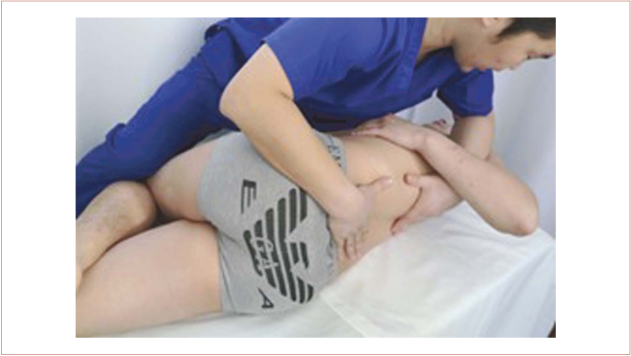
Figure 2. Manipulation treatment
Results and discussion
Patients were selected mostly as a young manhood with men and women aged 25 to 45 years old. Of the 100 patients included in the study, 45 were man and 65 were women. We measured three dimensions which used X-ray measurement ruler (fig. 3-5), and each of the measurement taken before and after treatment (fig. 6-8). The treatment continued 10 days.
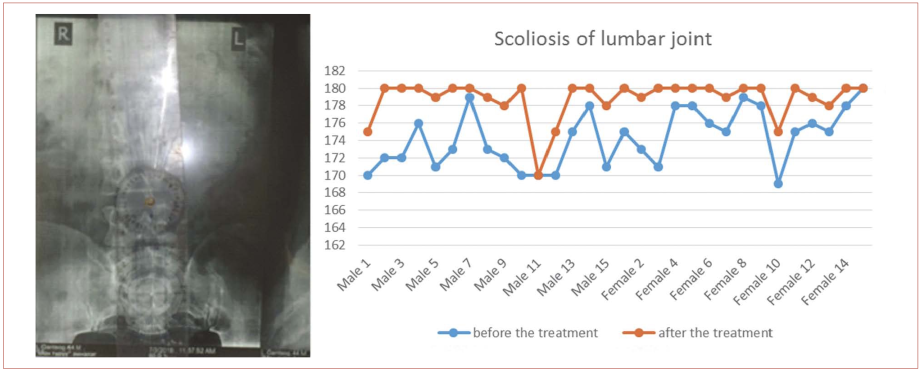
Figure 3. Transversal measurement, size 60 %
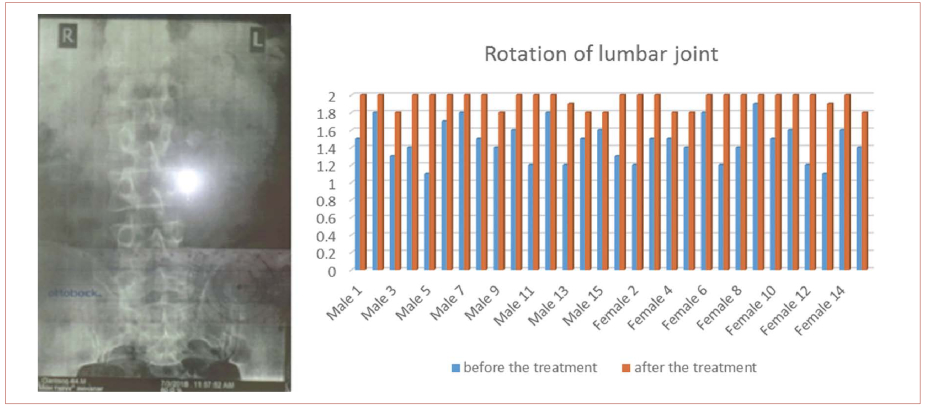
Figure 4. Vertical measurement, size 60 %, taken small side
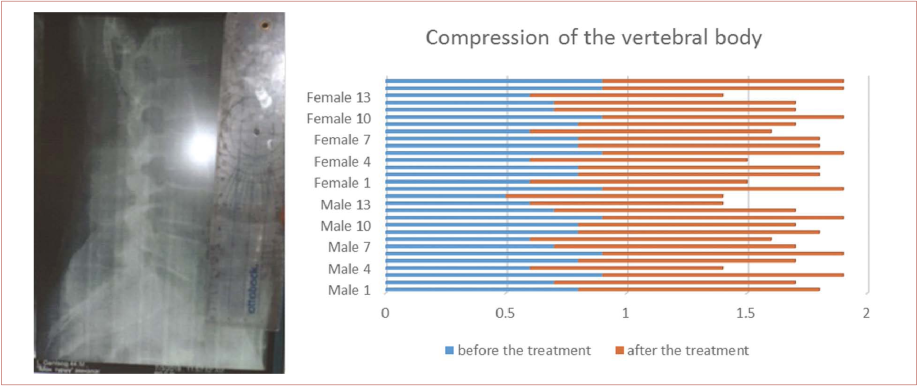
Figure 5. Horizontal measurement, size 60 %

Figure 6. Observation, before and after the treatment (just 1 therapy). Patient 1: female, 13 years old

Figure 7. X-ray picture, before the treatment. Patient 1: female, 13 years old
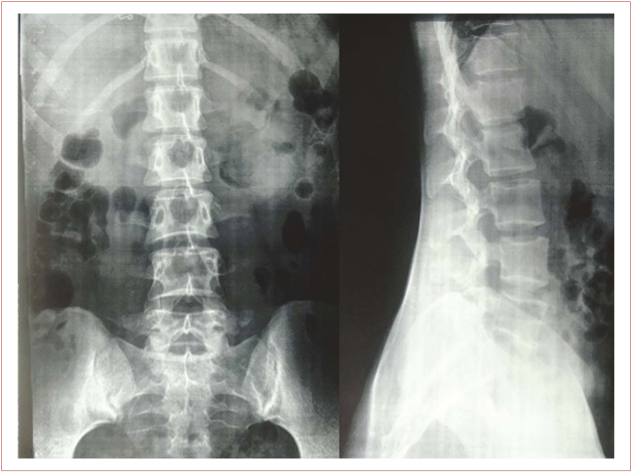
Figure 8. X-ray picture, after the treatment (10 days). Patient 1: female, 13 years old
The reason of lower back pain is caused due to intensity of active and inactive forms of muscle, another word, the spinal columns were narrowed, restricted movement, curved and twisted disorders are common. This matches to the sources of information on the lower back pain disorder for about causes and pathogenesis. Significant improvement of manual therapy is showed around within a day. Although, curved and twisted lower back is not showed significant improvements within 7-10 days treatment (75 %), but the space of the spinal columns is increased (80 %), and the spinal mobility were asymptomatic (90 %).
Conclusion
The patients who have been treated with manual therapy after one year were recovered (60 %), in chronic (35 %), and still dysfunctional (5 %). The result of the treatment is assessed that out of the 100 patients, were cured completely 15 % and improved 30 %.
Conflict of interest. The authors declare no conflict of interest.
Statement of informed consent. Written informed consent was obtained from the patient for publication of this case report and accompanying materials.
Sponsorship data. This work is not funded.
Список литературы
1. Hartvigsen J., Hancock M.J., Kongsted A., Louw Q., Ferreira M.L., Genevay S., et al. What low back pain is and why we need to pay attention. Lancet. 2018;391(10137):2356-67. DOI: 10.1016/S0140-6736(18)30480-X
2. Harms M.C., Peers Ch.E., Chase D. Low back pain: what determines functional outcome at six months? An observational study. BMC Mus-culoskelet Disord. 2015;11:236. DOI: 10,1186/1471-2474-11-236
3. Breen A.C., Carr E., Langworthy J.E., Osmond C., Worswick L. Back pain outcomes in primary care following a practice improvement intervention: a prospective cohort study. BMC Musculoskelet Disord. 2017;12:28. DOI: 10.1186/1471-2474-12-28
4. Van Tulder M., Becker A., Bekkering T., Breen A., del Real M.T., Hutchinson A., et al. Chapter 3. European guidelines for the management of acute nonspecific low back pain in primary care. Eur Spine J. 2016;15(Suppl.2):S169-91. DOI: 10.1007/s00586-006-1071-2
5. Chou R., Qaseem A., Snow V., Casey D., Cross J.T. Jr, Shekelle P., et al. Diagnosis and treatment of low back pain: a joint clinical practice guideline from the American College of Physicians and the American Pain Society. Ann Intern Med. 2017;147(7):478-91. DOI: 10.7326/0003-4819-147-7-200710020-00006
6. Oliveira C.B., Maher C.G., Pinto R.Z., Traeger A.C., Lin C.C., Che-not J.F., et al. Clinical practice guidelines for the management of nonspecific low back pain in primary care: an updated overview. Eur Spine 11 J. 2018;27(11):2791-803. DOI: 10.1007/s00586-018-5673-2
7. Paige N.M., Miake-Lye I.M., Suttorp Booth M., Beroes J.M., Mardi-an A.S., Dougherty P., et al. Association of spinal manipulative therapy with clinical benefit and harm for acute low back pain: systematic review and meta-analysis. JAMA. 2017;317(14):1451-60. DOI: 10.1001/jama.2017.3086
8. Gedin F., Skeppholm M., Burstrom K., Sparring V., Tessma M., Zethraeus N. Effectiveness, costs and cost-effectiveness of chiropractic 13 care and physiotherapy compared with information and advice in the treatment of non-specific chronic low back pain: study protocol for a randomised controlled trial. Trials. 2017;18(1):613. DOI: 10.1186/s13063-017-2351-3
9. Desai M.J., Kapural L., Petersohn J.D., Vallejo R., Menzies R., Creamer M., et al. A prospective, randomized, multicenter, open-label clinical trial comparing intradiscal biacuplasty to conventional medical 15 management for discogenic lumbar back pain. Spine (Phila Pa 1976). 2016;41(13):1065-74. DOI: 10.1097/BRS.0000000000001412
10. Jenkins H.J., Downie A.S., Maher Ch.G., Moloney N.A., Magnus-sen J.S., Hancock M.J. Imaging for low back pain: is clinical use consistent with guidelines? A systematic review and meta-analysis. Spine J. 2018;18(12):2266-77. DOI: 10.1016/j.spinee.2018.05.004
11. Jimenez-Avila J.M., Rubio-Flores E.N., Gonzalez-Cisneros A.C., Guzman-Pantoja J.E., Gutierrez-Roman E.A. Guidelines on the application of the clinical practice guideline on low back pain. Cir Cir. 2018;86(1):29-37. DOI: 10.24875/CIRU.M18000013
12. Kohat A.K., Kalita J., Ramanivas S., Misra U.K., Phadke R.V. Clinical significance of magnetic resonance imaging findings in chronic low backache. Indian J Med Res. 2017;145(6):796-803. DOI: 10.4103/ijmr.IJMR_1653_14
13. Hooten W.M., Cohen S.P. Evaluation and treatment of low back pain: a clinically focused review for primary care specialists. Mayo Clin Proc. 2015;90(12):1699-718. DOI: 10.1016/j.mayocp.2015.10.009
14. Hincapie C.A., Tomlinson G.A., Cote P, Rampersaud Y.R., Jadad A.R., Cassidy J.D. Chiropractic care and risk for acute lumbar disc herniation: a population-based self-controlled case series study. Eur Spine J. 2018;27(7):1526-37. DOI: 10.1007/s00586-017-5325-y
15. Furlan A.D., Giraldo M., Baskwil A., Irvin E., Imamura M. Massage for low-back pain. Cochrane Database Syst Rev. 2015;(9):CD001929. DOI: 10.1002/14651858.CD001929.pub3
Об авторах
Р. МолорРоссия
Раднаабазар Молор — доктор медицинских наук, директор клиники Сумади.
2-й хорон, Баянзурх, Улан-Батор, 13361
Г. Одонтсетсег
Россия
Ганбаатар Одонтсетсег — кандидат медицинских наук, директор университета Оточ Манрамба.
2-й хорон, Баянзурх, Улан-Батор, 13361
Д. Тсеендагва
Россия
Далх Тсеендагва — кандидат медицинских наук, директор Международного института монгольской медицины.
2-й хорон, Баянзурх, Улан-Батор, 13361
Рецензия
Для цитирования:
Молор Р., Одонтсетсег Г., Тсеендагва Д. Результаты традиционной мануальной терапии люмбаго как альтернатива инвазивным методам лечения. Креативная хирургия и онкология. 2020;10(1):39-44. https://doi.org/10.24060/2076-3093-2020-10-1-39-44
For citation:
Molor R., Odontsetseg G., Tseendagva D. Results of Traditional Manual Therapy on Lower Back Pain as an Alternative to Aggressive Therapy. Creative surgery and oncology. 2020;10(1):39-44. https://doi.org/10.24060/2076-3093-2020-10-1-39-44


































